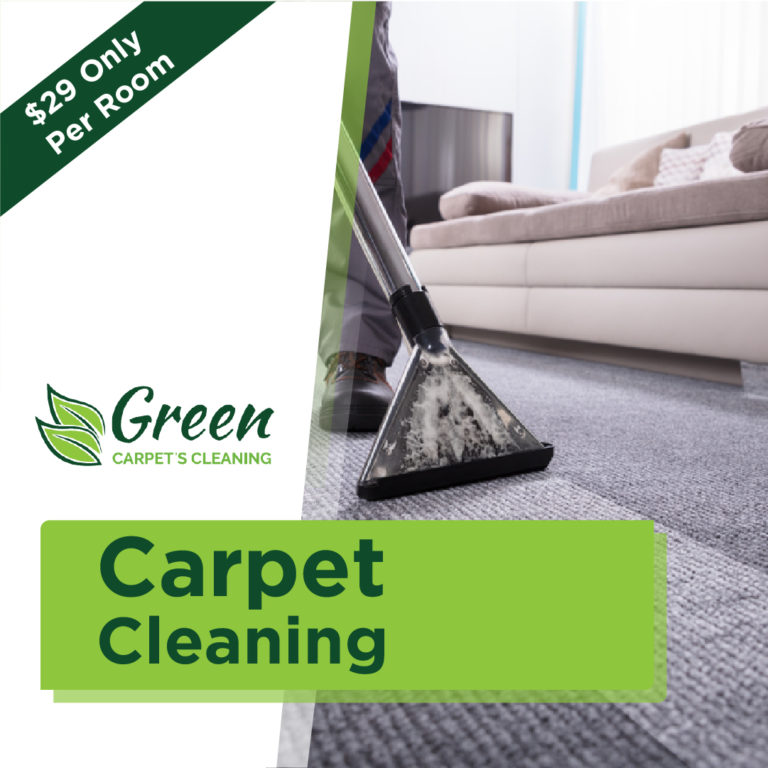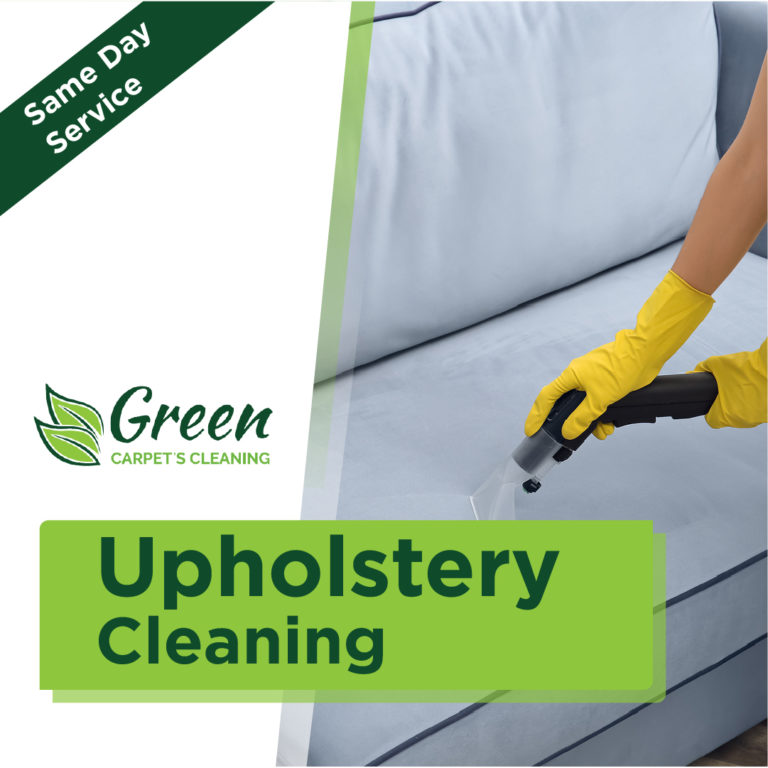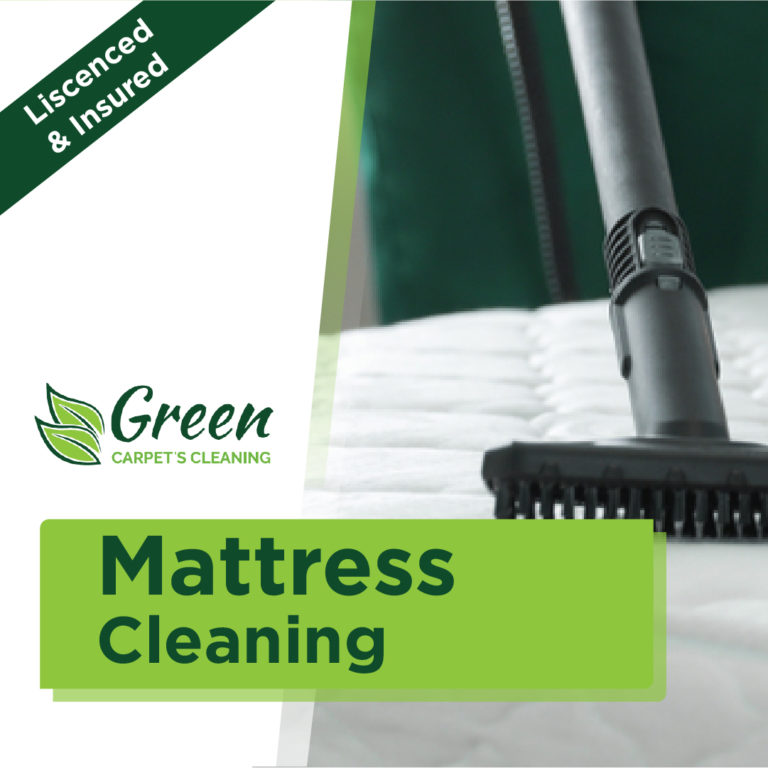Different types of Upholstery Fabric
Natural Fabrics
Upholstery Cleaning in Encino — Natural materials are produced from natural fibers that come from plants or animals.
Chenille
Chenille’s soft coating stack inspired its name — it’s the French word for”caterpillar.” Its weft threading gives it a glow. This casual fabric is ideal for comfortable pieces such as oversized recliners, sofas, papasans, and children’s furniture, but it could also do great things with printed side seats and conventional accent seats. It can also be made from synthetics like rayon, although chenille is usually made from natural fibers.
Cotton
Cotton furniture upholstery is usually a mix, combining this stylish, breathable natural fiber with linen, polyester, nylon, etc., for added texture, strength, or resistance to soiling and wrinkling. The cotton combinations will generally include about 45% to 60% cotton.
Jute
A fiber generated in India and Bangladesh, jute was used for matting and rope. Though susceptible to wrinkling, it is a great material for modern rustic accent pieces such as an ottoman, adding a somewhat rougher texture that pairs well with wood and/or leather.
Leather
Leather upholstery may vary greatly in quality and cost, based on treatment and its quality.
Leather: Full-grain leather employs the animal hide rather than layers, and imperfections or marks are left intact. Here is the highest-quality leather.
Top-grain leather leather employs the strong layers of the animal hide and is second in quality only to grain.
Corrected-grain leather: Corrected-grain leather has been treated to remove imperfections and subsequently given an imitation grain to get a uniform look.
Leather : Split leather is composed of the underside or drop split of the mask. With bycast/bicast leather, an artificial surface layer is laminated to the surface.
Linen
Produced from yarn, linen is a very strong cloth fiber. It is a smooth, soft, and naturally lustrous fabric that provides immunity and durability to pilling moths, and abrasion. It is frequently used in conjunction with cotton for elasticity. Neatly tailored bits like parsons chairs, traditional dining seats, and tufted arm chairs offer you a fantastic look for linen.
Silk
Soft silk, and luxurious feels at home in formal settings and is best maintained to kid-free/spill-free zones. Silk is sometimes backed to add durability and weight and comes in both artificial and natural varieties. Sunlight can make this fabric to fade so think strategically about where you put a silk upholstered piece.
Velvet
Velvet is a luxurious woven cloth distinguished with its thick and short pile. This soft and lustrous material can be produced from synthetic or natural fibers and changes in quality and type. Though comparatively hard to clean, velvet stands out for its comfort, feel, and rich colour, which make it a favorite choice for dramatic pieces like traditional button-tufted headboards and swanky accent chairs.
Wool
Most wool you locate on sofas and accent chairs now is actually a combination of synthetic and natural fibers. The addition of synthetic substances helps the fabric stand up better to wear and makes it much easier to clean.
Synthetic Fabrics
Synthetic fabrics known as materials, are fabrics made from fibers to natural fibers. Synthetic fabrics are far much more durable than natural fabrics and are more resistant to staining and fading.
Faux Leather
Faux leather is usually made from a more ecofriendly alternative to vinyl or PVC. PU is more watertight than PVC, and it degradable.
Microfiber
Microfiber is a knit blend polyester cloth that’s softer than suede and a great deal easier to clean (just remember to dab rather than rub). This dense material is made from closely woven synthetic fibers, providing durability and moisture resistance with authentic suede’s qualities. This fabric is ideally suited to chaise sectional lounges or convertible couches, and cozy seats in a contemporary style.
Nylon
A synthetic fiber, nylon is usually mixed with other substances to make a strong and durable material. It is typically easy to keep and isn’t prone to wrinkling.
Olefin
Olefin is a manmade material that’s produced from melting down plastic pellets. Any color is added and the threads are woven. Olefin will hold its color Since the colours are baked in rather than inserted into the surface and may be cleaned with bleaches. This durable material is very good for upholstery.
Polyester
First introduced in the 1950s, polyester is a fabric that does its best work in tandem with materials like cotton and wool.
Rayon
This material was created to mimic fabrics such as cotton and linen. It blended with other kinds of threads to create a material that’s suitable for upholstery.
Things to Place under Couch Cushions to Prevent Sagging & Sinking by Green Carpet’s® in Encino














